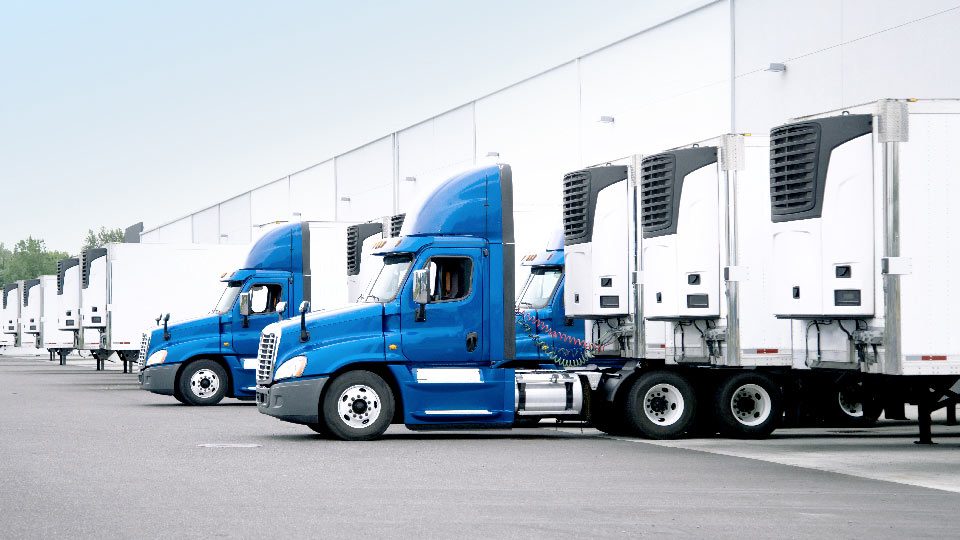
Exploring 2G, 3G, 4G technology
Last updated on March 8, 2023 in Fleet Management by Geotab | 1 minute read
What does 2G, 3G, 4G mean for telematics? Read about the differences in GSM technology generations and how carriers are phasing out older technology (2G).
AT&T recently announced the plan to “fully discontinue service of [their] 2G networks by approximately January 1. 2017.” AT&T will be moving their networks to 3G/4G to improve network performance and capacity need. This announcement has fueled much discussion in the market place in recent times for the North American market, and it’s not likely to die down until 2G is finally out of commission. Along with the attention there appears to be a growing sense of alarm around the 2G sunset, creating a lot of misinformation and uncertainty.
See also: 3G sunset dates overview and next steps for fleets
Before we get into the discussion of what this sunset means, let us first define the differences in GSM technology generations.
- 2G (GSM) aka GPRS: 2G technology represented the switch from the 1G analog system to digital along with use of cellular communications for data. Deployed around 1990.
- 3G (UMTS) aka HSPA: It increases cellular multimedia and streaming video capabilities, and allows transmission across different device types (phones, PDA’s, etc.). Deployed around 2005.
- 4G (LTE): 4G is true digital broadband and has become more widely available since 2011.
The use of GSM technology has grown at an unprecedented rate over the last few years with the saturation of smartphone and tablet use. The increase in data capacity needs has left carriers asking the question of how the infrastructure growth can scale to meet these usage demands. New technology such as 3G/4G is more capable of dealing with such demands than the traditional 2G network. 4G can increase data capacity a hundred-fold. However, due to limitations in the spectrum available, carriers must decommission older technology (2G) that does not support the usage needs to free up spectrum so as to launch the new technology (3G/4G).
As a result, for some time now carriers in the United States, Canada and Australia have stopped certifying new 2G devices and will only discuss 3G or higher roadmaps while the rest of the world will continue with 2G usage for the foreseeable future as higher speed options are being co-built out to cater for the requirements of the smartphone user.
Additional links:
- Wireless Spectrum Crunch (http://money.cnn.com/2012/02/21/technology/spectrum_crunch/index.htm)
- GSM Technology overview
The latest Geotab GO telematics tracking device can run on both 2G and 3G generations. This ensures that Geotab’s product users benefit from longer term use. To learn more, please contact Geotab.
Related:
2G Sunset update: Deadline approaches for U.S. telematics device users
If you liked this post, let us know!
Disclaimer
Geotab's blog posts are intended to provide information and encourage discussion on topics of interest to the telematics community at large. Geotab is not providing technical, professional or legal advice through these blog posts. While every effort has been made to ensure the information in this blog post is timely and accurate, errors and omissions may occur, and the information presented here may become out-of-date with the passage of time.
Get industry tips and insights
Sign up for monthly news and tips from our award-winning fleet management blog. You can unsubscribe at any time.
Republish this article for free
Other posts you might like

Boosting public safety operations through integrated technology solutions
April 26, 2024

What is cold chain monitoring?
April 24, 2024

A fleet’s guide to multi-stop route planners
April 24, 2024

Empowering Success: Unleashing the Domino Effect of Connected Women
February 16, 2024





